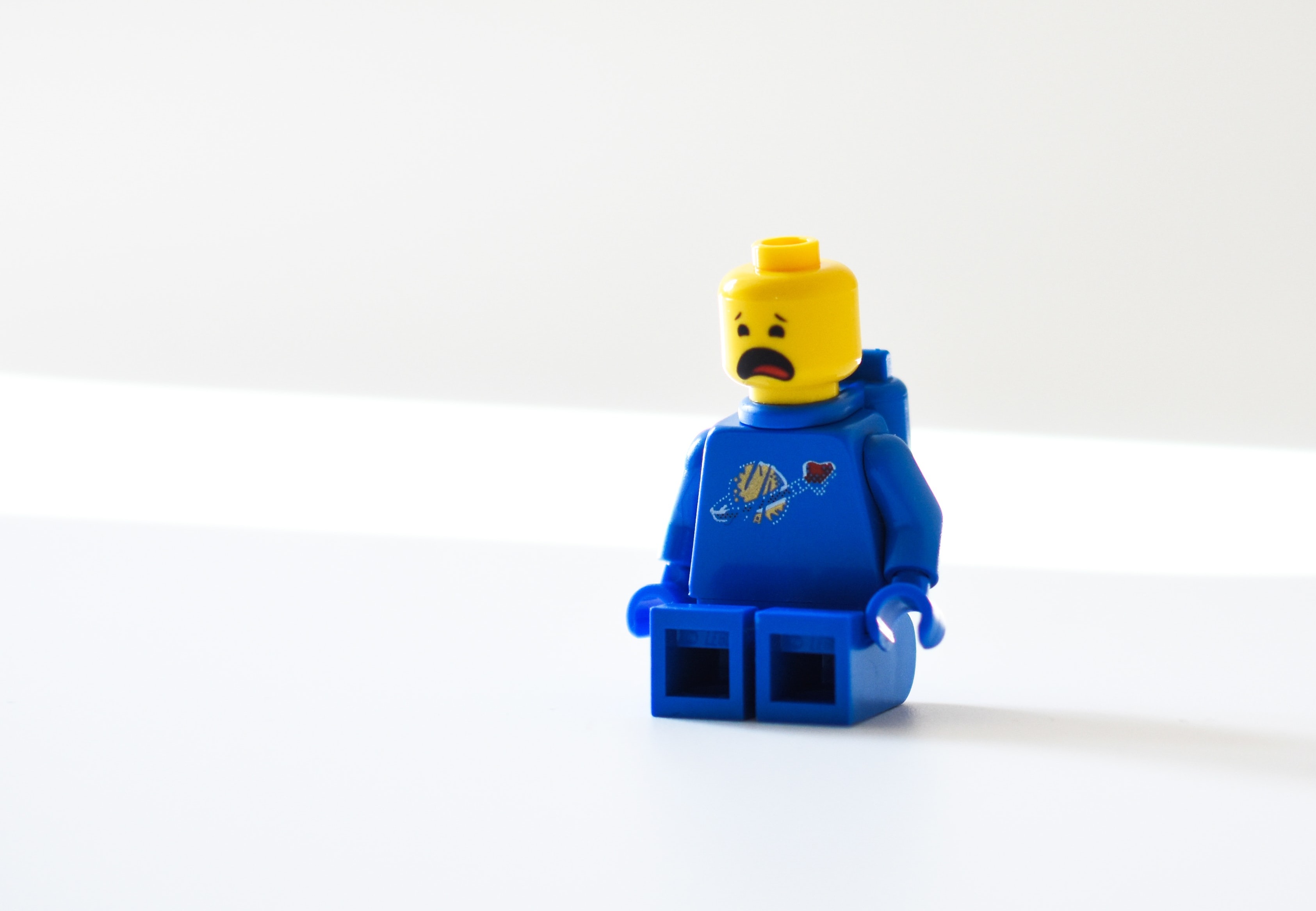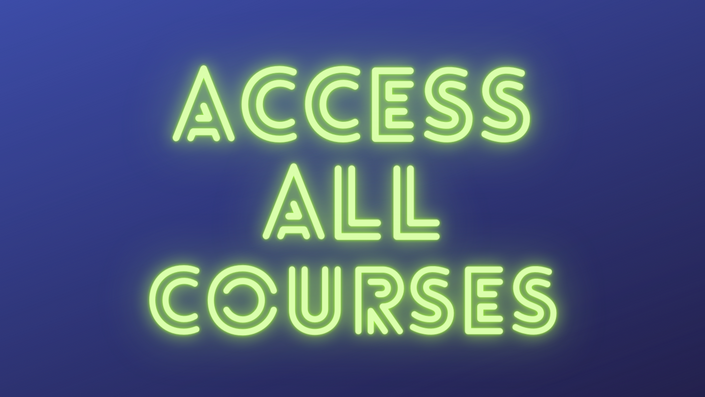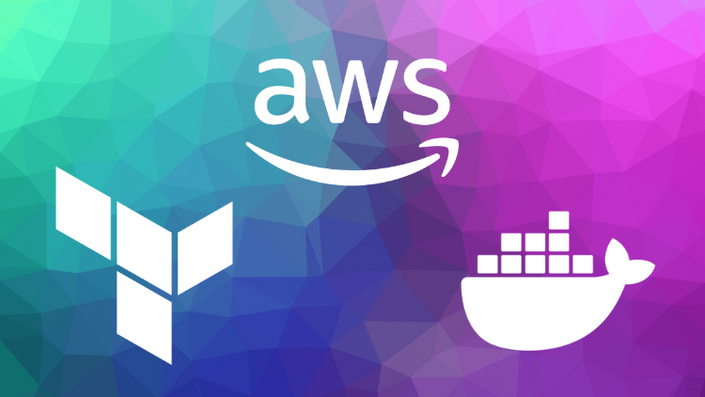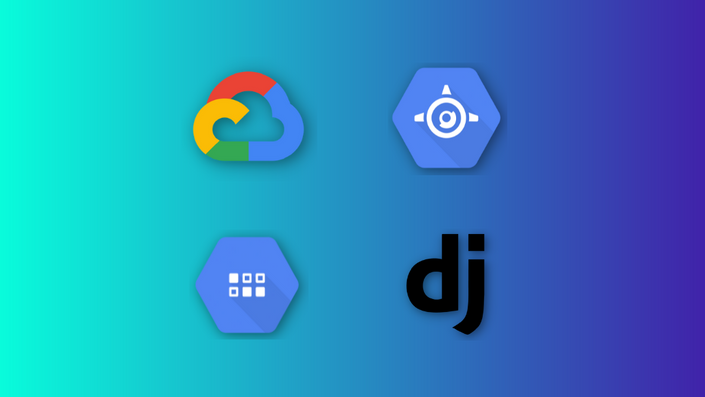
Total beginners
This course is designed to teach an absolute beginner the basics of Python. You don't need any prior programming experience to take this course.
The Best Practices of Python
Python is a language that needs no introduction. It’s incredibly powerful, versatile, fast, and it’s easy to learn.
However, given its rapid rise in popularity over the last few years, there are loads of tutorials and guides out there that teach bad practices.
Our goal is to change that, by creating a course which gives you a head start, by focusing on best practices and the core underlying concepts.

Core Foundations
You will learn how to setup your machine, how to use the tools, syntax, packages and virtual environments that all work together to make Python powerful.

Organize Code
You will learn how to organize your code using conditions, functions and modules. This is the key to success in building scalable software.

Data Processing
Python is one of the most important languages for data processing. In this course I'll show you how to write scripts, and work with data, large files, and Object Oriented Programming.

When Things Go Wrong
Learn the basics of troubleshooting in Python. This includes handling errors and exceptions, and using debugging tools. Once you get practiced in this skill, you can learn how to fix anything.

Connectivity
Learn how to integrate your code with third-parties so you can tap into the abundance of data and services on the internet.
The Curriculum
- Introduction to Machine Setup (0:58)
- Installing and using Python on Windows (3:41)
- Installing and using Python on macOS (8:21)
- Installing VSCode on Windows (1:51)
- Installing VSCode on macOS (1:36)
- Setup VSCode for Python (1:50)
- Creating Project Folder (1:13)
- VSCode Overview (3:38)
- Common Installation Issues (Windows)
- Introduction to Functions (4:39)
- Writing first function (3:38)
- Function Docstrings (3:15)
- Arguments and Parameters (9:25)
- Using arguments and parameters [Follow Along] (14:45)
- Function scope (4:53)
- Testing function scope [Follow Along] (12:13)
- Return statement (5:26)
- Using the return statement (15:23)
- Introduction to data structures (3:17)
- Introduction to lists (7:21)
- Using lists [Follow Along] (10:49)
- Introduction to sets (12:21)
- Using sets [Follow Along] (17:37)
- Introduction to tuples (7:23)
- Using tuples [Follow Along] (10:11)
- Introduction to dictionaries (6:55)
- Using dictionaries [Follow Along] (12:22)
- Iterating through data (9:47)
Other Courses
Interested in learning more? Check out our other comprehensive courses. There's something for every skill level.
A word from Mark...
Programming is a hard concept to grasp in the beginning, but with repeated practice, patience, and self-love you will come to understand it.
Don’t be discouraged if you have to re-watch sections over-and-over again. Reach out to other developers, especially those at the same level as you.
I taught myself how to code as a child by connecting with other developers online. I shared problems with them, studied their code, shared my code, and applied the problem solving method covered in the introduction of this course (it’s free to watch).
I also helped other developers fix their problems, which was key for cementing my knowledge and contributing to the community.
So, if you get stuck don’t be afraid to ask questions, and if you know the answer to someone else's question, don’t be afraid to answer it. This will help you learn faster, and build your authority in the developer community.
And if no one else answers, I do my best to respond to all students' questions within 7 business days, but sometimes sooner.
Ready to get started?
See you in the course.




